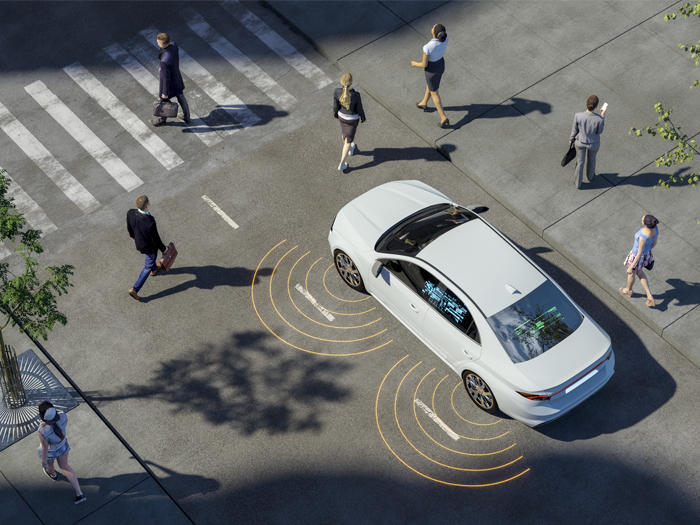JuJu News Hub
Your go-to source for the latest trends and insightful articles.
Driving into the Future: Are We Ready for Robot Chauffeurs?
Explore the thrilling world of robot chauffeurs! Are we ready for a driverless future? Discover the pros, cons, and what's next!
Exploring the Pros and Cons of Robot Chauffeurs in Modern Transportation
Robot chauffeurs are rapidly becoming a fixture in modern transportation, with autonomous vehicles promising numerous advantages. First and foremost, they offer enhanced safety; according to the National Highway Traffic Safety Administration, over 90% of traffic accidents are caused by human error. By eliminating this factor, robot chauffeurs could potentially reduce the number of road accidents significantly. Furthermore, these vehicles can contribute to improved traffic efficiency. With capabilities such as constant communication with traffic management systems, they can optimize routes and reduce traffic congestion, leading to smoother travel experiences.
However, the implementation of robot chauffeurs is not without its challenges. One of the primary concerns is job displacement; the increasing reliance on automated driving systems may threaten the livelihoods of professional drivers. Additionally, there are significant legal and ethical considerations surrounding liability in the event of an accident involving an autonomous vehicle. The Forbes article discusses these implications, emphasizing the need for updated regulations and legal frameworks to govern the use of these technologies. As society navigates this new terrain, weighing the pros and cons of robot chauffeurs will be crucial in shaping the future of transportation.

How Close Are We to Fully Autonomous Vehicles? A Look at Current Technology
The journey towards fully autonomous vehicles has made significant strides over the past decade, fueled by rapid advancements in technology. Major automotive companies like Tesla, Waymo, and General Motors are at the forefront, developing sophisticated sensor systems and AI algorithms that allow vehicles to navigate complex environments. According to a report by McKinsey, the integration of machine learning and computer vision is essential, enabling vehicles to make real-time decisions based on their surroundings. However, despite the impressive progress, achieving full Level 5 autonomy—where a vehicle can operate without human intervention in any condition—remains a challenging goal.
Current technologies employed in autonomous vehicles include a combination of sensors like LiDAR, cameras, and radar, which work together to create a 360-degree view of the vehicle's environment. Moreover, regulatory frameworks are evolving, albeit slowly, as governments grapple with safety concerns and liability issues. As highlighted in a Forbes article, there are still numerous hurdles to overcome, including ethical dilemmas faced by AI systems in unavoidable accident scenarios. In conclusion, while we are making tangible progress toward fully autonomous vehicles, the road ahead is paved with both technological and societal challenges that must be addressed before this vision becomes a reality.
What Are the Key Safety Concerns Surrounding Robot Chauffeurs?
As the technology behind robot chauffeurs evolves, several key safety concerns have emerged that need to be addressed. One major issue is the reliability of decision-making algorithms, which must be able to handle complex traffic scenarios and unexpected road conditions. Poor decision-making can lead to accidents, endangering both passengers and other road users. Additionally, the cybersecurity of autonomous vehicles poses a significant threat; a compromised system could be manipulated to create dangerous situations. Ensuring robust defenses against potential cyberattacks is crucial for public trust and safety.
Another critical concern is the interaction of robot chauffeurs with human drivers and pedestrians. Unlike conventional vehicles, robot chauffeurs rely on sensors and artificial intelligence to navigate, which may not always accurately interpret human behavior. Studies indicate that human-robot interactions can lead to misunderstandings, resulting in accidents or dangerous situations. Furthermore, regulations regarding liability in the event of a crash involving a robot chauffeur remain ambiguous, leading to legal challenges that could affect consumer adoption. Addressing these issues is fundamental to developing safe and reliable autonomous transportation solutions.